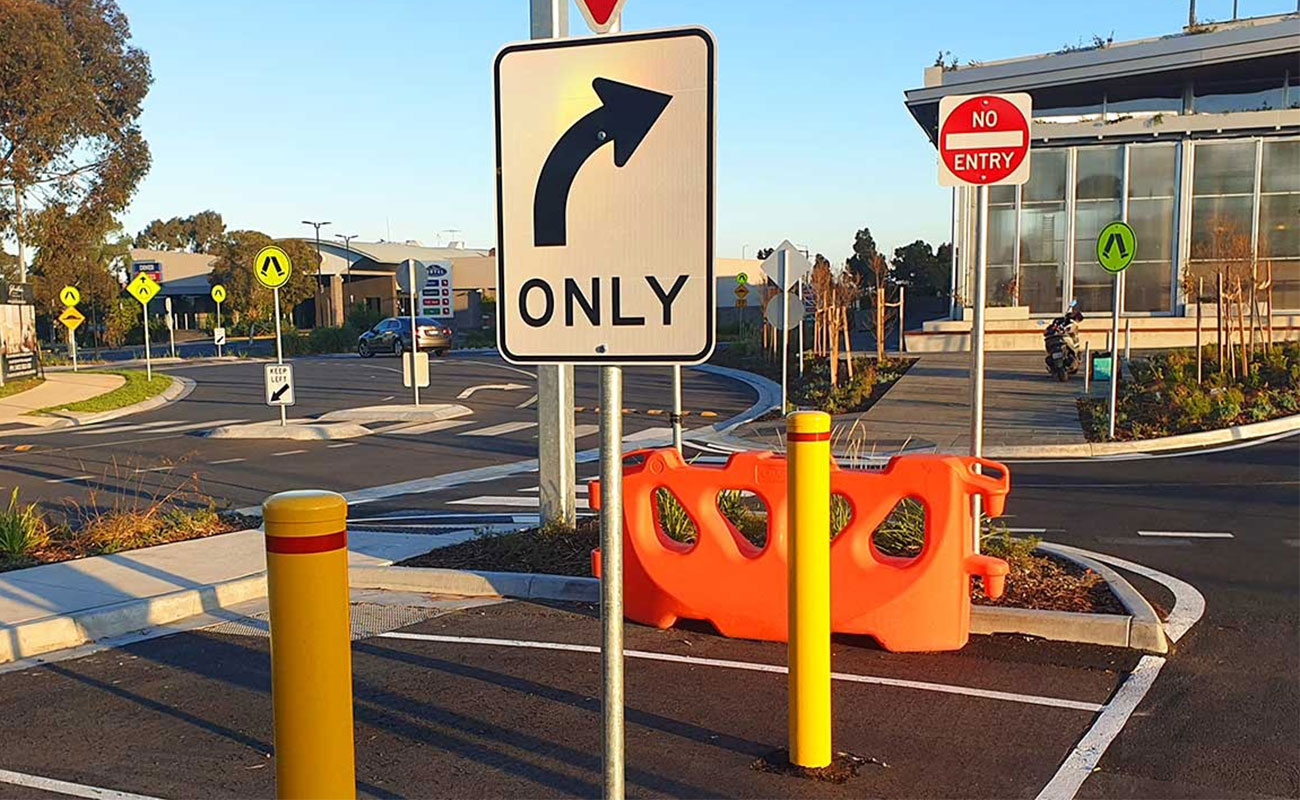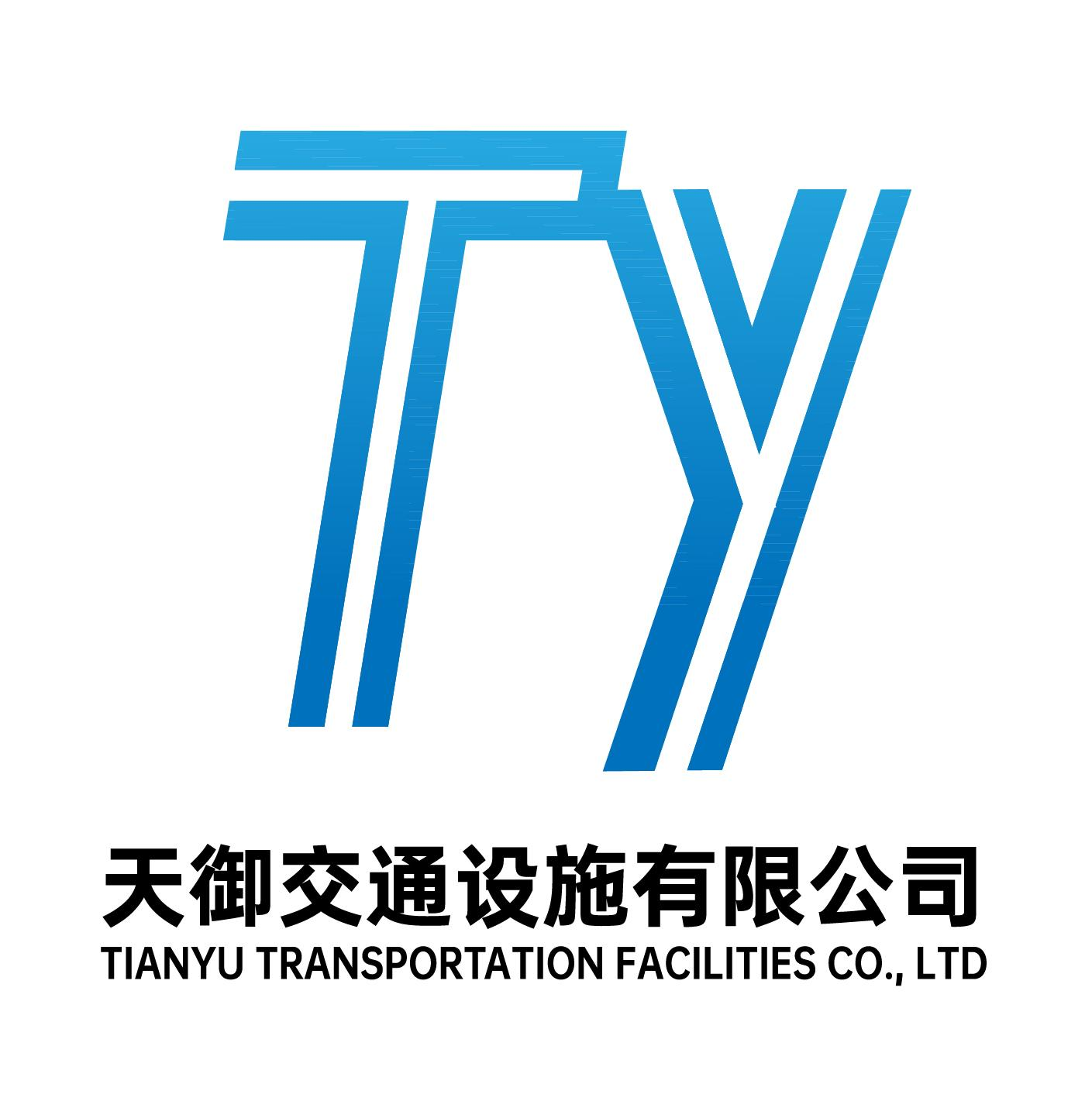
17 Jul The Role of Traffic Signs
Introduction
Traffic signs are essential elements of the transportation system, providing critical information, guidance, and regulation to road users. They serve as the silent custodians of road safety, ensuring the smooth and orderly flow of traffic. This article delves into the various roles of traffic signs, their types, and their significance in maintaining road safety and efficiency.
Types of Traffic Signs
Traffic signs can be broadly categorized into three main types: regulatory, warning, and informational signs. Each type plays a distinct role in managing traffic and ensuring safety.
1. Regulatory Signs
Regulatory signs are designed to inform road users of specific laws and regulations that must be followed. These signs are typically rectangular with a white background and black or red text. Common examples include:
Stop Signs: Indicate where drivers must come to a complete stop and yield to other vehicles or pedestrians before proceeding.
Yield Signs: Instruct drivers to give the right of way to other vehicles or pedestrians.
Speed Limit Signs: Specify the maximum speed allowed on a particular road segment.
No Entry Signs: Indicate roads or lanes that are off-limits to certain vehicles or all traffic.
2. Warning Signs
Warning signs alert road users to potential hazards or changes in road conditions ahead. These signs are usually yellow with black symbols or text and are often diamond-shaped. Examples include:
Curve Ahead Signs: Warn drivers of upcoming curves or bends in the road.
Pedestrian Crossing Signs: Indicate areas where pedestrians frequently cross the road.
Animal Crossing Signs: Warn drivers of areas where animals are likely to cross the road.
School Zone Signs: Alert drivers to the presence of a school and the need to reduce speed and exercise caution.
3. Informational Signs
Informational signs provide essential information about directions, distances, services, and points of interest. These signs are typically rectangular with a blue or green background and white text. Examples include:
Destination Signs: Provide information on the direction and distance to various destinations, such as cities or landmarks.
Service Signs: Indicate the location of services such as gas stations, hospitals, and rest areas.
Tourist Information Signs: Highlight points of interest, tourist attractions, and scenic routes.
Functions of Traffic Signs
Traffic signs serve several critical functions in maintaining road safety and efficiency:
1. Guiding Traffic
Traffic signs provide clear directions and guidance to road users, helping them navigate through intersections, roundabouts, and complex road networks. Directional signs, route markers, and exit signs ensure that drivers can find their way to their destinations without confusion.
2. Regulating Traffic Flow
Regulatory signs enforce traffic laws and regulations, ensuring that drivers adhere to speed limits, lane usage rules, and right-of-way protocols. This regulation helps prevent accidents, reduce traffic congestion, and maintain an orderly flow of vehicles.
3. Warning of Hazards
Warning signs alert drivers to potential dangers ahead, such as sharp curves, steep hills, or roadwork zones. By providing advance notice of these hazards, traffic signs give drivers enough time to adjust their speed and driving behavior, reducing the risk of accidents.
4. Enhancing Safety
Traffic signs play a crucial role in enhancing the safety of all road users, including drivers, pedestrians, and cyclists. Pedestrian crossing signs, school zone signs, and bicycle lane signs ensure that vulnerable road users are protected and that drivers are aware of their presence.
5. Providing Information
Informational signs offer valuable information about nearby amenities, services, and points of interest. This information helps drivers make informed decisions about their routes, rest stops, and other travel needs.
Importance in Road Safety
The importance of traffic signs in road safety cannot be overstated. Properly placed and well-maintained traffic signs help prevent accidents, reduce traffic congestion, and enhance the overall driving experience. They provide the necessary information and warnings that allow drivers to navigate roads safely and efficiently.
Conclusion
Traffic signs are indispensable components of our transportation infrastructure. By guiding, regulating, warning, and informing road users, they play a vital role in ensuring road safety and efficiency. As traffic volumes continue to grow and road networks become more complex, the importance of clear, visible, and effective traffic signs will only increase. Investing in the proper installation and maintenance of traffic signs is a crucial step towards creating safer and more efficient roads for everyone.



Sorry, the comment form is closed at this time.